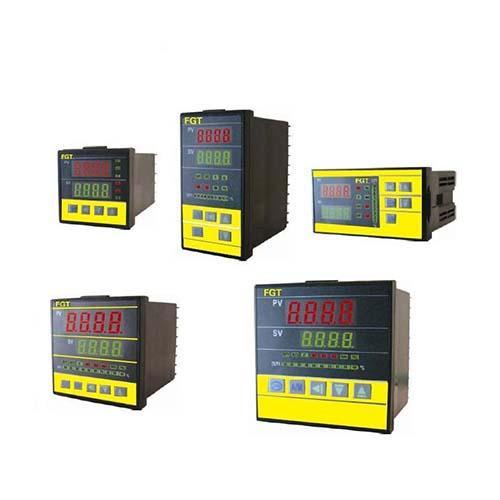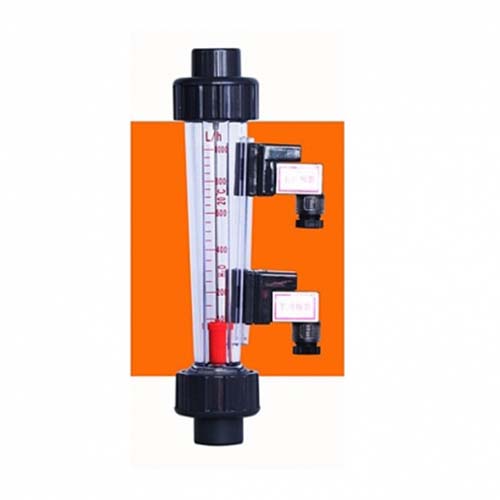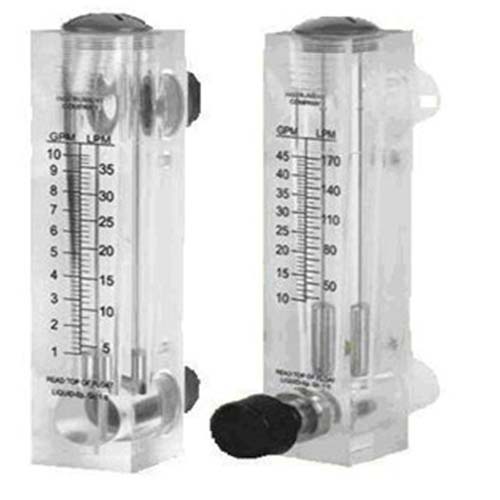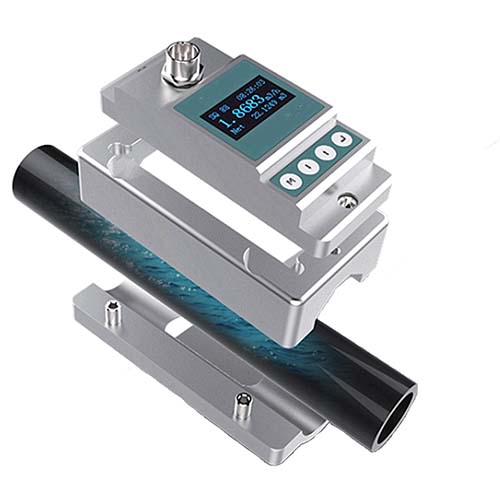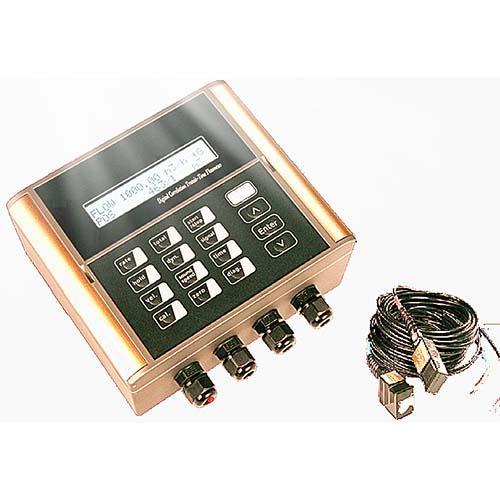FGT think your best choice in the future
System Integration Designers in FGT
NPC type: pid temperature controller with display
- Auto-zero and auto-span maintain stable accuracy for long periods of time
- RTDs. Universal input step-by-step function setting
- Automatic/manual control mode optional
- Duplex output mode (heating/cooling) via 2 control over
- Alarms Up to 3 alarm settings. Each group has 19 modes to choose from
- Programmable mode with up to 8 ramp/soak segments
- Optional RS232, RS485 communication interface Modbus RTU and TTL (Master to Slave function)
- Analog valve control
- remote set point
- Soft start retransmit out
- Description
- Additional information
- Technical Specifications
- Application
- Size Rang
- Order Information
- Inquire now
- Auto-zero and auto-span maintain stable accuracy for long periods of time
- Wire transfer, RTD. Universal input step-by-step function setting
- Automatic/manual control mode optional
- Duplex output mode (heating/cooling) via 2 control processes
- Alarms Up to 3 alarm settings. Each group has 19 modes to choose from
- Programmable mode with up to 8 ramp/soak segments
- Optional RS232, RS485 communication interface Modbus RTU and TTL (Master to Slave function)
- Open Loop Motor Valve Control
- remote set point
- Soft start retransmit out
- PID and Process Temperature Controllers
Introduction to PID Controller Temperature Control
As the name suggests, a temperature controller is an instrument used to control temperature. A temperature controller takes input from a temperature sensor and has an output connected to a control element such as a heater or fan.
To accurately control process temperature without the involvement of a large number of operators, temperature control systems rely on a controller that accepts a temperature sensor such as a thermocouple or RTD as input. It compares the actual temperature to the desired control temperature or set point and provides an output to the control element. The controller is part of the whole control system, and the whole system should be analyzed when selecting the appropriate controller. The following should be considered when selecting a controller:
Enter sensor type (thermocouple, RTD) and temperature range
Desired output type (electromechanical relay, SSR, analog output)
Control algorithm required (on/off, proportional, PID)
Number and type of outputs (heating, cooling, alarm, limit)
What are the different types of controllers and how do they work?
There are three basic types of controllers: switching, proportional, and PID. Depending on the system to be controlled, the operator will be able to use one type or the other to control the process.
On/Off Control
The switch controller is the simplest temperature control device. The output of the device is on or off, with no intermediate states. The switch controller will only switch the output when the temperature exceeds the set point. For heating control, the output turns on when the temperature is below the set value and turns off when the temperature is above the set value. As the temperature crosses the set point to change the output state, the process temperature will continuously cycle from below the set point to above the set point and back again below the set point. To prevent damage to the contactors and valves when this cycle occurs quickly, a switch differential or "lag" is added to the controller operation. This difference requires the temperature to exceed the set point by a certain amount before the output turns off or on again. If cycling above and below the set point occurs very rapidly, the switching differential prevents the output from "chattering" or switching in rapid succession. Switch control is typically used when precise control is not required, in systems that cannot handle frequent switching energy, where the system mass is so large that the temperature changes very slowly, or for temperature alarms. A special type of switch control used for alarms is a limit controller. The controller uses a latching relay that must be manually reset to shut down the process when a certain temperature is reached.
Proportional control
Proportional control is designed to eliminate the looping associated with on-off control. As the temperature approaches the set point, the proportional controller reduces the average power supplied to the heater. This has the effect of slowing down the heater so that it does not exceed the set point, but will approach the set point and maintain a stable temperature. This proportional action can be accomplished by turning the output on and off for short periods of time. This "time ratio" changes the ratio of "on" time to "off" time to control temperature. Proportional action occurs within a "proportional band" around the set point temperature. Outside of this band, the controller acts as a switching unit, with the output either fully on (below the band) or fully off (above the band). However, within the frequency band, the output turns on and off at the ratio of the difference between the measured value and the set point. At the set point (midpoint of the proportional band), the output on/off ratio is 1:1; that is, the on-time and off-time are equal. If the temperature is far from the set point, the on and off times vary proportional to the temperature difference. If the temperature is lower than the set value, the output will last longer; if the temperature is too high, the output will be off for a longer time.
PID control
A third controller type provides proportional integral and derivative control, or PID. The controller combines proportional control with two additional adjustments that help the device automatically compensate for changes in the system. These adjustments, integral and derivative, are expressed in time-based units; they are also expressed by their inverses RESET and RATE, respectively. The proportional, integral and derivative terms must be individually tuned or "tuned" to a specific system using trial and error. It provides the most accurate and stable control of the three controller types and is best for systems with relatively low mass that respond quickly to changes in energy added to the process. recommended in the system
| Application | Temperature Controller |
|---|---|
| Types of | Electronic |
| Installation method | Panel Mounting |
| Output method | digital, switch, analog |
Technical Specifications

Application
What is PID Controller
A proportional–integral–derivative controller (PID controller. or three-term controller) is a control loop mechanism employing feedback that is widely used in industrial control systems and a variety of other applications requiring continuously modulated control. A PID controller continuously calculates an error value as the difference between a desired setpoint (SP) and a measured process variable (PV) and applies a correction based on proportional, integral, and derivative terms (denoted P, I, and D respectively), hence the name.
In practical terms it automatically applies accurate and responsive correction to a control function. An everyday example is the cruise control on a car, where ascending a hill would lower speed if only constant engine power were applied. The controller's PID algorithm restores the measured speed to the desired speed with minimal delay and overshoot by increasing the power output of the engine.
The first theoretical analysis and practical application was in the field of automatic steering systems for ships, developed from the early 1920s onwards. It was then used for automatic process control in the manufacturing industry, where it was widely implemented in pneumatic, and then electronic, controllers. Today the PID concept is used universally in applications requiring accurate and optimised automatic control.
PID controller application
In theory, a controller can be used to control any process which has a measurable output (PV), a known ideal value for that output (SP) and an input to the process (MV) that will affect the relevant PV. Controllers are used in industry to regulate temperature, pressure, force, feed rate,[15]flow rate, chemical composition (component concentrations), weight, position, speed, and practically every other variable for which a measurement exists.
1.Environmental control
2. Smart Manufacturing Automation
Size Rang

Order Information


